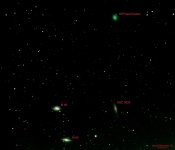Jim F.
Still a Genuine Montana Fossil
Oh! I don't know. At times I think that I could trade my snowblower for clear skies & more photo opportunities & different subjects.I'm too dang far south - gotta move north. Miss being in the north.
Oh! I don't know. At times I think that I could trade my snowblower for clear skies & more photo opportunities & different subjects.I'm too dang far south - gotta move north. Miss being in the north.
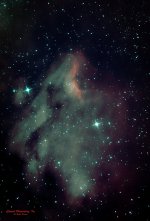
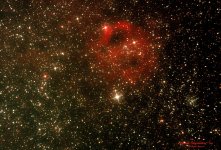
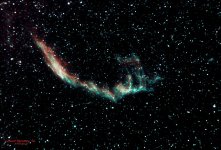
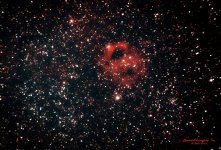
I love photography but this stuff absolutely blows me away! Great work!
That was probably Betelgeuse you saw.I was outside last hoping to see some meteors. While looking at O’rion’s Belt, I noticed a semi orange colored star to the north of the “belt”. I was wondering if anyone knew what the name of the star/planet might be. Sorry for the poor pic. A cell phone is only so good. Thanks.
... It'll be comingI was outside last hoping to see some meteors. While looking at O’rion’s Belt, I noticed a semi orange colored star to the north of the “belt”. I was wondering if anyone knew what the name of the star/planet might be. Sorry for the poor pic. A cell phone is only so good. Thanks.
That was probably Betelgeuse you saw.
When I arrived home this morning around 1 AM the sky was just completely lit up with other worlds out there. Clear and cold. @Canuck from Kansas is probably still in the observatory trying to determine which treasures from above he’ll be sharing with us later today. Can’t wait!
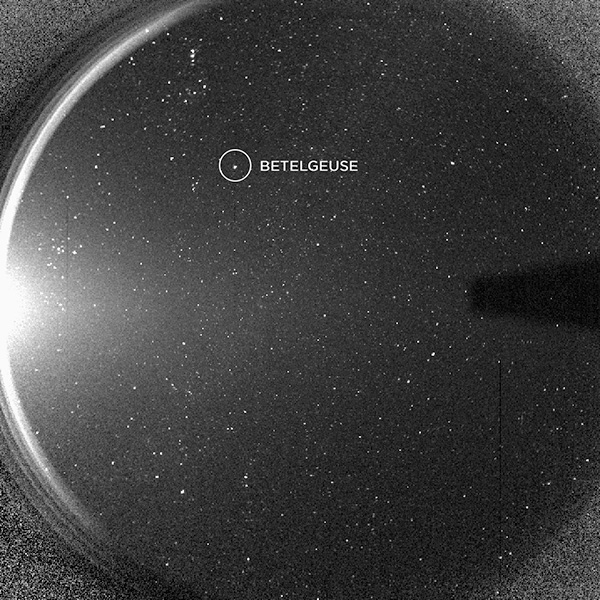
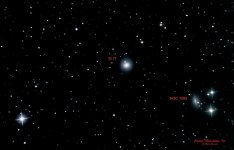
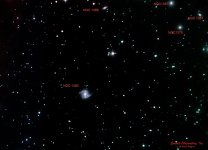
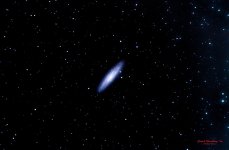
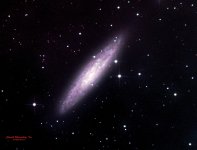
On a roadtrip and checked off a bucket list item, the Very Large Array..... so cool....while there the telescopes changed positions multiple times
View attachment 95928
View attachment 95929
View attachment 95930
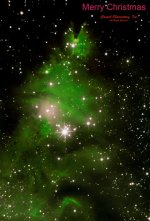
Speaking of far away parts of our universe……great image btw.So many mind blowing, far away parts of our Universe. Here's a local friend, peaking over a ridge of lavender at dusk in Provence, France, last July.
View attachment 95651

